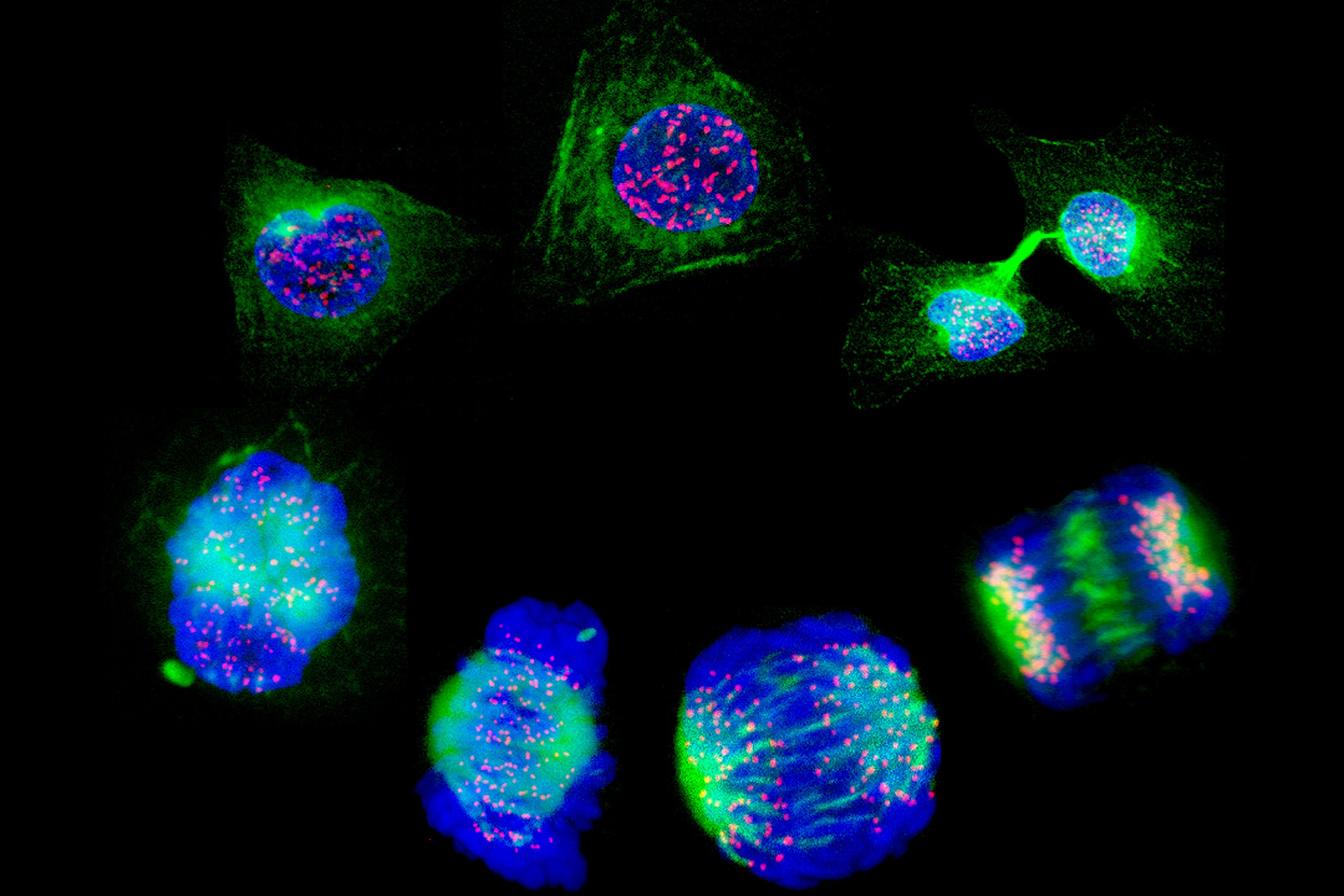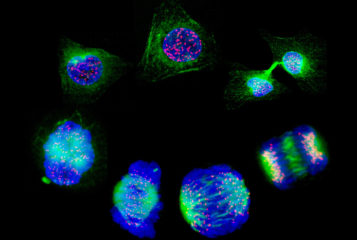A 'NICER' way to edit the genome has been discovered by scientists.
CRISPR/Cas9 is a genome editing approach that can be used to fix mutations that cause genetic disease. However, editing DNA at specific locations in the genome in this way can cause unintended off-target effects. 'NICER', a new genome editing approach developed by researchers in Japan, significantly reduces the chance of these unwanted effects.
'Further genomic analysis showed that the NICER technique rarely induced off-target mutations,' said senior author Dr Shinichiro Nakada from Osaka University, Japan. 'We were also pleased to find that NICER was able to restore the expression of disease-causing genes in cells derived from genetic diseases involving compound heterozygous mutations'.
Genome editing is a method of modifying the genome by inducing intentional damage to DNA in specific locations, activating DNA repair mechanisms. Fragments of donor DNA can be incorporated into the genome during repair and correct harmful mutations, which is the basis for the CRISPR/Cas9 genome editing approach. While genome editing can correct genetic mutations, for this to happen, Cas9 needs to cause double-stranded breaks in the DNA. Breaking the DNA this way may lead to off-target side effects such as insertions or deletions of parts of genes.
However, NICER uses a Cas9 nickase enzyme that causes single-stranded breaks in the DNA, also known as 'nicks'. As this is a single break, pathways in place to repair this break have a much lower frequency of off-target mutations.
The study, published in Nature Communications, used lymphoblast cells with a known heterogeneous mutation in the TK1 gene. This means there are mutations at two or more genetic loci within the TK1 gene that produce the same or similar phenotype, or disease. When nickase is used to cause a single cut within the TK1 region, TK1 activity recovers at a low rate because using just a single nick near the area of mutation does not always lead to a successful gene correction. However, using nickase to create multiple nicks within the TK1 region on homologous chromosomes (two pieces of DNA which carry the same genes inherited from each parent) improved gene correction efficiency by almost seventeen-fold.
'Each chromosome in the genome has a "homologous" copy,' said the lead author of the study Dr Akiko Tomita from Osaka University. 'Using the NICER technique, heterozygous mutations – in which a mutation appears in one chromosome but not its homologous copy – are repaired using the unmutated homologous chromosome as a template'.
The scientists conclude in their paper that the application of NICER enables scarless gene correction of heterozygous mutations, which may potentially broaden the clinical applications of genome editing.





Leave a Reply
You must be logged in to post a comment.